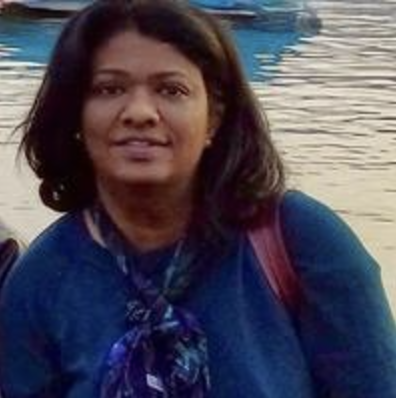Academic Dishonesty punishments and alternatives to cheating
By: Ashley Higginbotham
-Asst. News Editor-
According to http://Education-Portal.com, 75 percent to 98 percent of college students surveyed each year have cheated at some point during their academic career. This counts for all four-year universities and community colleges.
If an STLCC-Meramec student is caught cheating in class, what happens next?
“It’s really going to vary because there isn’t a prescription for every incident,” said Vice President of Academic Affairs, Andrew Langrehr.
When it comes to academic dishonesty, the punishment is left to the instructor.
“Some instructors say that an ‘F’ will be assessed for the assignment, while some instructors say that an ‘F’ will be given for the entire course,” Langrehr said. “It just depends.”
There are four steps involved in resolving an academic dishonesty case.
According to Langrehr, the first step is a conversation with the faculty member, which is where most issues are solved. This step does not have to be recorded. If the issue is still not fixed, it advances onto step two, which is a meeting with the department chair. This is when the issue must be put in writing so it can go on record.
“Not many cases go past the second step,” Langrehr said.
If it does, a letter is written to the dean. The final step is a meeting with the academic appeals committee where the issue will be finalized.
“We don’t have a lot of academic dishonesty cases at Meramec,” Langrehr said.
Last semester, one case went to the academic appeals committee, but it was not academic dishonesty. Langrehr contacted a few department chairs and he said that overall, cheating happens less than it did in the past.
“I feel that is because there are more tools today that help students,” Langrehr said.
Turn It In is a tool where a student can submit an assignment and it will automatically check if any of the work was plagiarized. There is also the writing center and the math center which is equipped with tutors any time campus is open.
“I believe there are two types of cheaters,” Langrehr said. “There is the kind with malicious intent and the kind without.”
This is where he feels “]Turn It In helps out the students who did not intend to cheat.
“I do believe that there is a correlation between procrastination and cheating,” Langrehr said.
Langrehr said that he thinks procrastination is a common reason for why students cheat.
“They haven’t put in the time to work and before they know it, time is up so they end up cheating,” Langrehr said.
Langrehr recalled teaching a science class in which a student was taking a test and looking at their graphing calculator a lot more often than needed.
“I went over to the student and picked up their calculator and saw that they had saved a whole bunch of formulas and created a cheat sheet,” Langrehr said.
The student not only had cheat sheets for his class, but for other classes as well.
“As technology becomes more capable, you still must check for fairness,” Langrehr said.
If a student is having trouble with their classes and is susceptible to cheat, Turn It In and taking a visit to the Writing and/or Math center can help.
“Students just have to stop pushing things close to the deadline,” Langrehr said.










